Spaso-Preobrazhensky Monastery
Spaso-Preobrazhensky Monastery is located in the very center of the historical part of Yaroslavl, at the confluence of the Volga and Kotorosl rivers. Founded more than eight centuries ago, it is one of the oldest religious buildings of the city and a witness to the turbulent and dramatic events that took place on this Volga land.
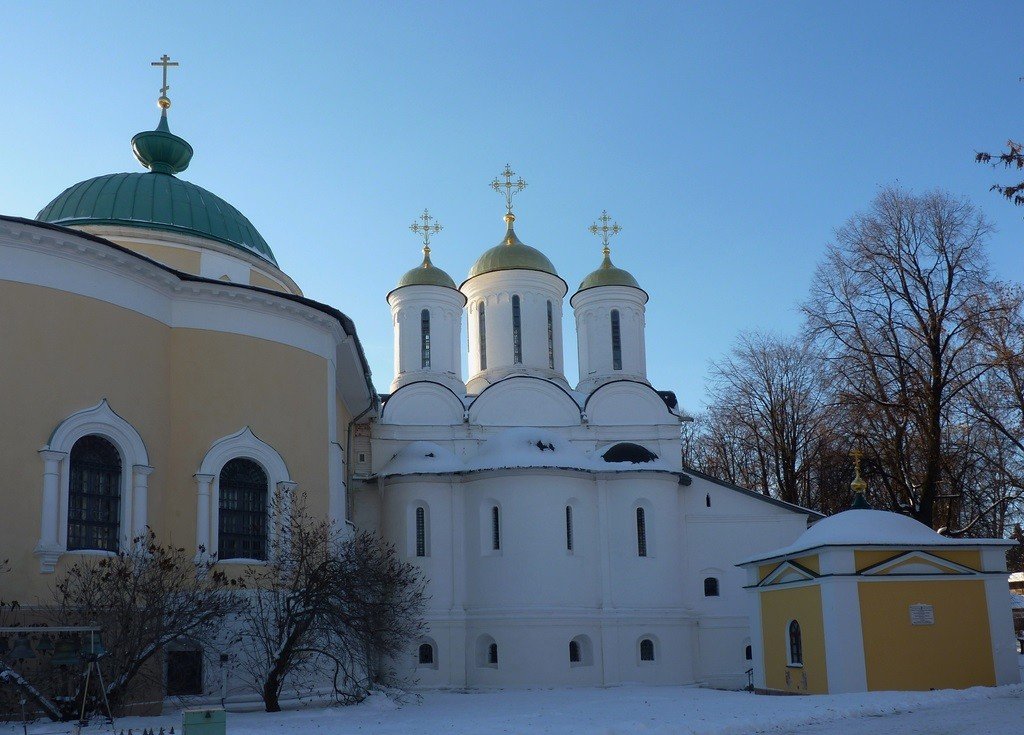
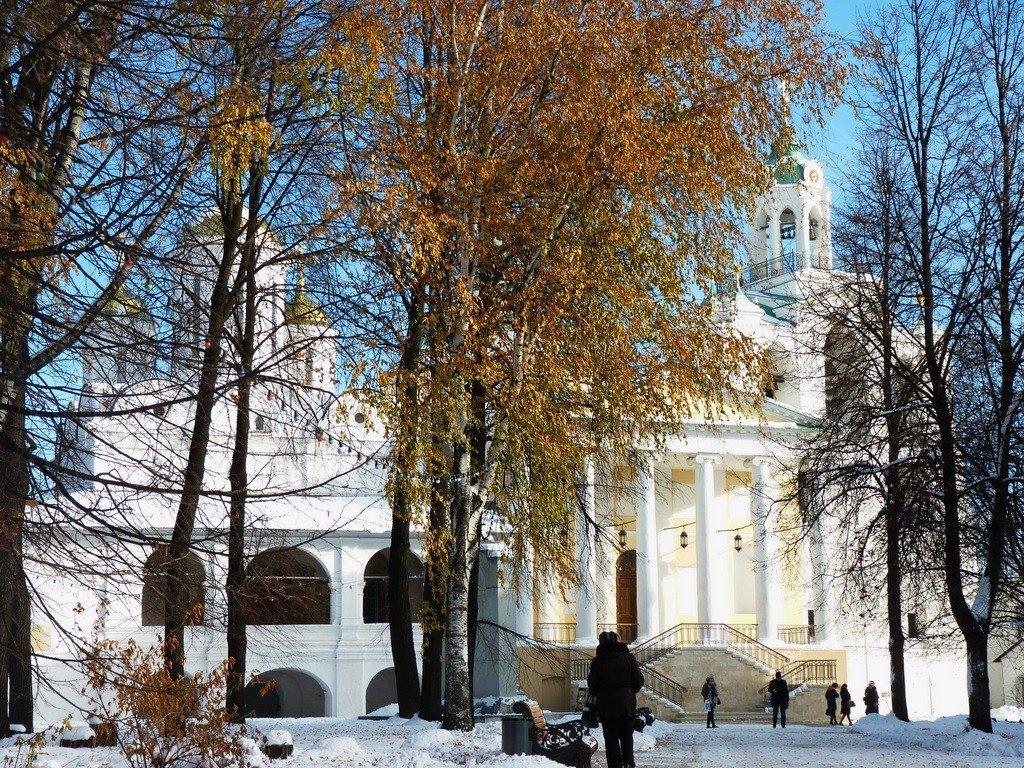
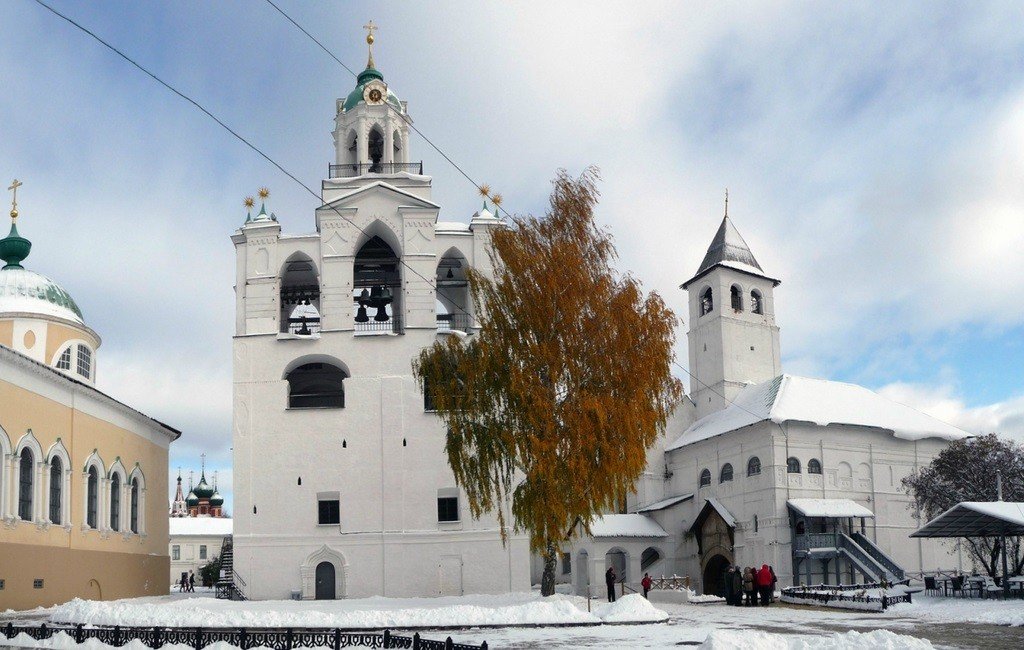
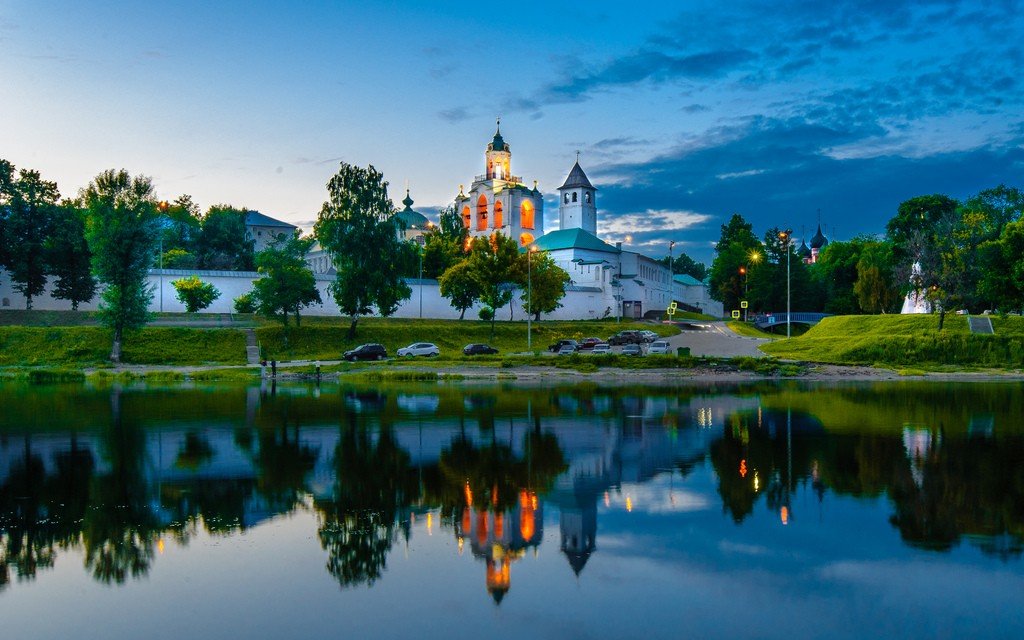
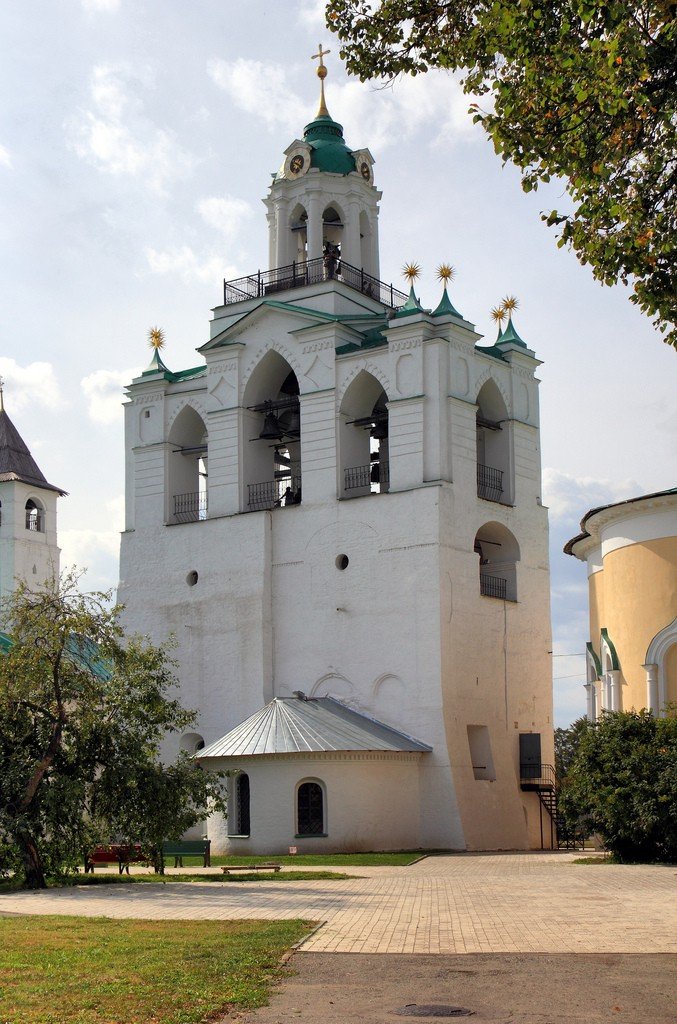
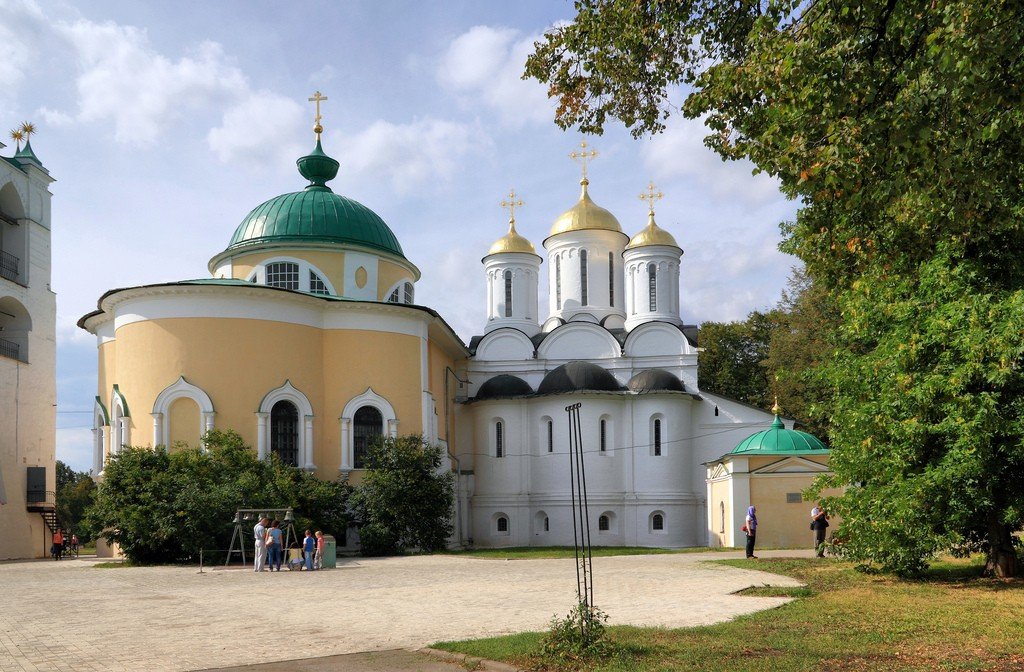
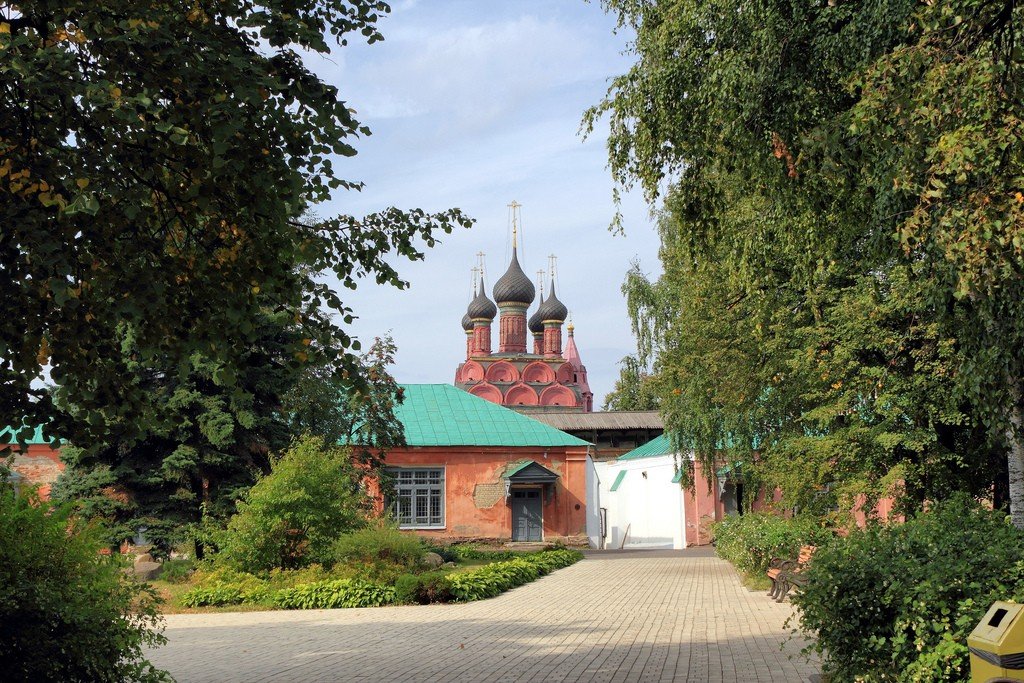
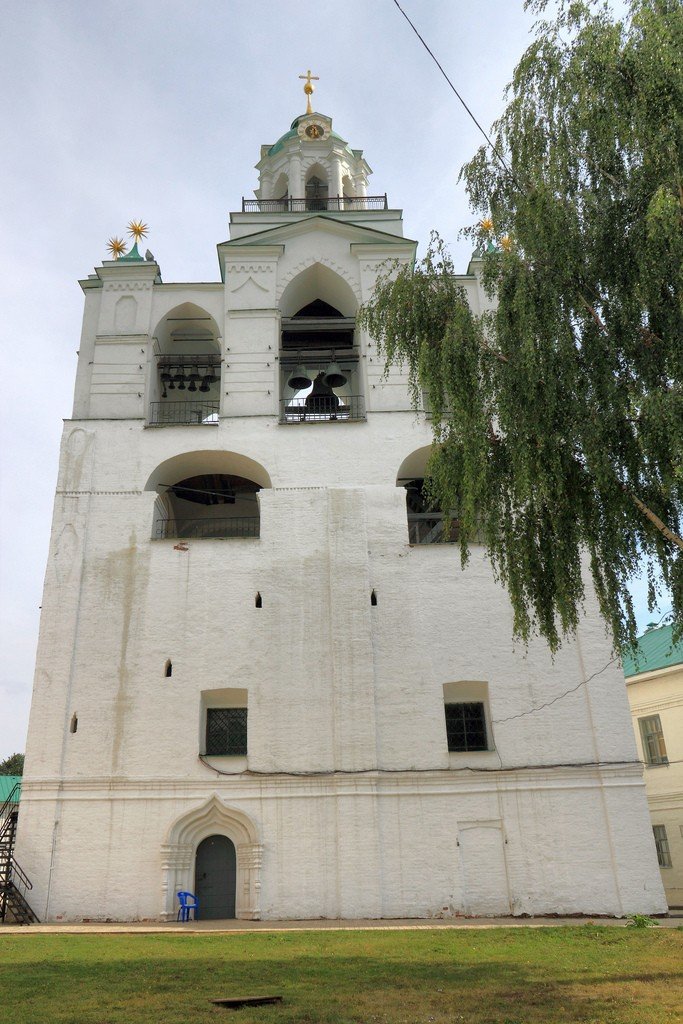
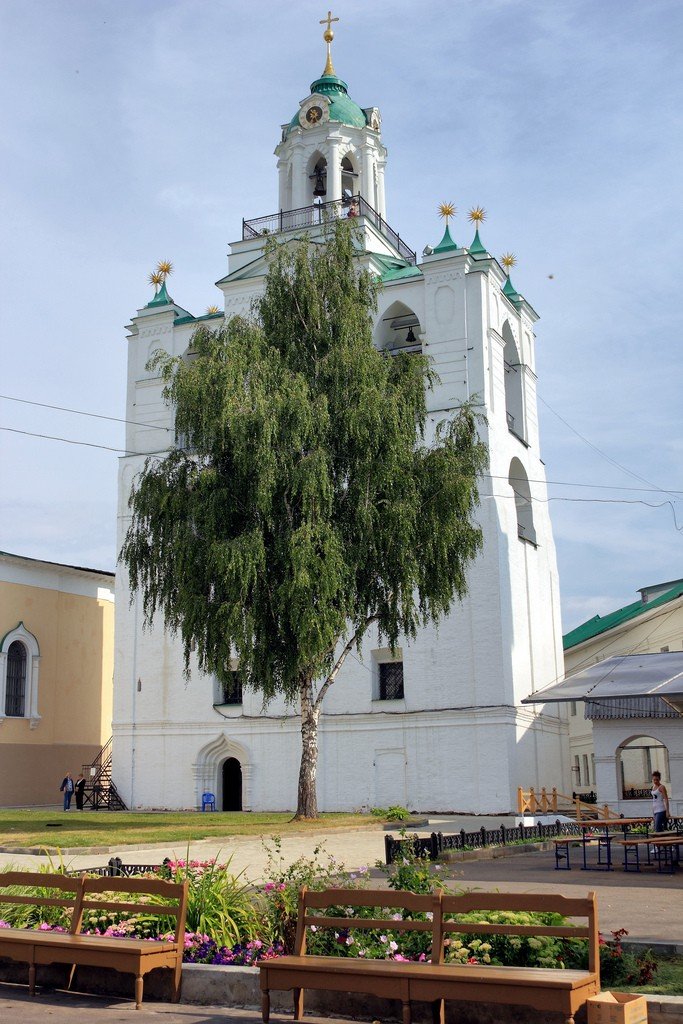
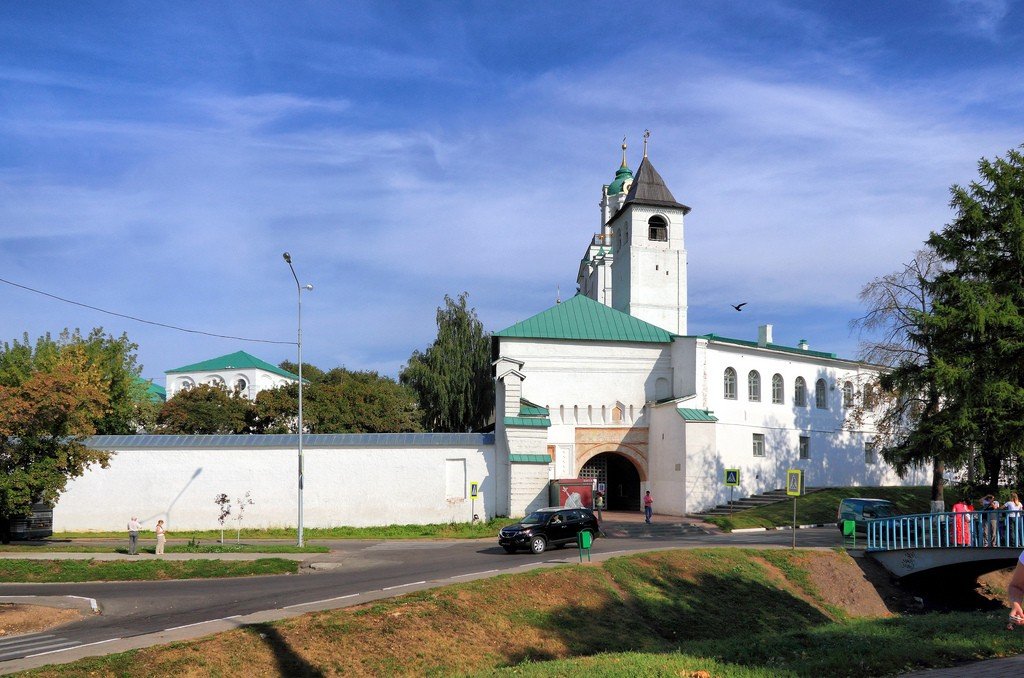
Video: Spaso-Preobrazhensky Monastery
Contents- Highlights
- History of the monastery
- Sights of the Spaso- Transfiguration Monastery
- Museums of the Spaso-Preobrazhensky Monastery
- Practical information
Highlights
The Holy Monastery, which has long been the largest spiritual center and the strongest fortress of the Trans-Moscow region, is now part of the Yaroslavl Historical and Architectural Reserve, and its ancient architectural ensembles are included in the UNESCO World Heritage lists. Getting acquainted with the sights of the Spaso-Preobrazhensky Monastery is included in the program of the tourist route “Golden Ring” and in the program of excursions of passengers of the liners of the Volga motorboat cruise.
.
Powerful snow-white walls of the monastery reliably protect its spacious territory from the bustle of the city. It seems that in this quiet, cozy, well-groomed corner stopped time, and even numerous sightseers are not able to change the atmosphere reigning here. Crossing the invisible threshold of time, visitors, without conspiring, lower their voices. The beauty of ancient Russian architecture here can be admired at any time of the year: spring and summer, when the monastery territory is drowned in emerald green, golden autumn, when the apple trees of the old orchard ripen fruit, and flowerbeds still decorate the last flowers, and in the snowy winter – a time when the monastery looks especially romantic and mysterious.
.The treasures of the Spaso-Preobrazhensky Monastery are represented not only by architectural monuments. There are several museums here, which have the richest collections of icons, books, church relics, decorative and applied arts. On the territory of the monastery there are constantly held traveling exhibitions, in summer concerts, holidays and festivals.
.History of the monastery
Yaroslavl Spaso-Preobrazhensky Monastery traces its history back to the second half of the XII century. It was founded outside the city’s settlement and became part of the fortification system, protecting the city from the southwest. According to legend, the monastery was erected on the land where Veles’ kapishche was located – a place of worship of pagan gods by the locals.
.At the beginning of the XIII century, under the first Yaroslavl Prince Vsevolod Konstantinovich, the Spaso-Preobrazhensky Cathedral, a miniature Entrance Church of Jerusalem was built on the territory of the monastery. Here the library began to be formed, the work on copying books was carried out. However, the first wooden and stone monastery buildings were destroyed during the Mongol-Tatar invasion, later the buildings were destroyed by countless fires. To our days have survived stone buildings dating back to the XVI-XVII centuries, when the monastery was one of the most significant fortresses of the Volga region and the largest ecclesiastical feudal-owner: the holy monastery was constantly growing with new lands, which were granted to her royalty, wrote off in wills God-fearing rich men.
.Spaso-Preobrazhensky Monastery was a witness to the turbulent events of the early 17th century – the hardships of civil war and Polish-Swedish intervention. In 1609, the monastery walls withstood a 24-day siege by the associates of the “Tushinsky thief” False Dmitry II, preventing the enemy from penetrating its territory. In 1612, when the Nizhny Novgorod militia led by Minin and Pozharsky arrived in Yaroslavl, and the city actually became the capital of the Russian state, the Spaso-Preobrazhensky Monastery, according to many historians, was the headquarters of the provisional government – the “Council of All Land”. On July 27, 1612, a 25,000-strong army of militiamen set out from here on a liberation campaign against Moscow, which had been captured by the Poles.
.
During the reign of Peter the Great, the Holy Transfiguration Monastery began to lose its state importance, and its feudal rights were gradually curtailed. The holy monastery suffered even more economically during the period of secularization initiated in the 60s of the 18th century by Empress Catherine II. On top of that, in 1763 the monastery suffered one of the worst fires in its history. The 20,000 rubles allocated by the Empress from the state treasury for the restoration of the monastery buildings was the last major contribution in its history. In 1788 the highest decree was issued on the transformation of the Spaso-Preobrazhensky Monastery into the Yaroslavl Archbishop’s House. It is worth saying that by the time of its final abolition, the monastery had about 14,000 thousand peasant souls, as well as more than 30 villages and 500 hamlets.
In the following centuries many ancient monastery buildings were demolished, but new buildings were constructed. Among them are the Seminary building, the church of Yaroslavl wonderworkers Feodor, David and Constantine, the Smolensk chapel, the cell block, and the sacristy.
.
In 1918, after the brutal suppression of the White Guard rebellion in Yaroslavl, the Soviet authorities closed the bishop’s house. Restoration workshops were located on the territory of the monastery. But for some time a few monks still lived here, playing the role of keepers of the church sacristy. However, the treasures of the ancient monastery were still plundered. Contemporaries testified that the famous library of the monastery, where in 1795 the historian Musin-Pushkin discovered the handwritten literary creation “The Word about Igor’s Campaign”, often visited by antiquities enthusiasts without security, after which many valuable books disappeared.
.
In the 30s, restoration work stopped, and on the territory of the monastery various institutions were located, some rooms were used as residential. Later the military settled here, occupying the former monastery property until 1949. In the 50’s restoration of ancient monuments resumed, and in 1959 on the territory of the Spaso-Preobrazhensky Monastery was located Yaroslav-Rostov Historical, Architectural and Art Museum-Reserve, renamed in the 70’s in Yaroslavl Historical and Architectural Museum-Reserve.
.Sights of the Spaso-Preobrazhensky Monastery
As many centuries ago, the Spaso-Preobrazhensky Monastery is surrounded by powerful walls that form an irregularly shaped pentagon, and their corners are crowned by picturesque-looking towers. As before, the Holy Gate, protruding from the southern wall and facing the embankment of the Kotorosl River, serves as the main entrance to the monastery. Decorated with a coil belt, they were built in 1516. Their vault was painted as early as 1564, but a century later the masters replaced the painting. The theme of the creation is the Apocalypse (“Vision of the Apostle John the Theologian about the coming destinies of the world”). The Holy Gate is the only one of the monastery towers preserved since the XVI century. Other ancient towers are also worth seeing: the Bogoroditskaya (1623), built on a deep basement with a secret passage, the Uglich Passing Tower, erected in 1635 on the territory of the settlement, which, by the way, caused discontent among the townspeople and even led to hand-to-hand fights with the monastery servants. The St. Michael’s and South-West towers date back to the early 19th century.
The oldest architectural monument not only of the monastery, but of the whole of Yaroslavl is the Transfiguration Cathedral, the erection of which dates back to 1506-1516. According to recent data, its project was designed by Italian architects who took part in the construction of the Moscow Kremlin.
.
This four-pillar three-domed cathedral is built on a high basement and surrounded by open galleries. The temple by its architectural form associatively resembles the Annunciation Cathedral of the Moscow Kremlin, and by its decoration – the Archangel Cathedral in the Kremlin. The decoration of the facades of the cathedral is strict, but refined and very elegant. In the interior of the temple there are remarkable frescoes created by Moscow and Yaroslavl masters, their names are imprinted in the “branding” on the north-west pillar. The murals date back to 1563-1564 and are very rare. Their style reflects monumentality, opulence, and, at the same time, the severity of the era of Ivan the Terrible.
.
On the western wall you can see paintings with the plots of the Last Judgment. Among them stands out the fresco “The Procession of the Righteous to Paradise”, characterized by light, airy drawing and soft outlines of the faces of the characters. The paintings on the southern and northern walls are placed on three tiers, and the frescoes on the eastern wall, behind the iconostasis, are on four tiers. The upper ones show biblical and evangelical subjects, the lower ones are dedicated to the seven Ecumenical Councils. In the apse there is a depiction of John the Baptist, appearing as an ascetic with a hard, stern, haggard face, and the fresco “The Praise of the Mother of God”. Among the most significant paintings of the cathedral is the “Transfiguration” with the central figure of Christ.
.
Opposite the temple there is a stele-monument “The Oath of Prince Pozharsky.”
.To the east of the cathedral rises a spectacular massive monastery belfry, built back in the XVI century. Previously, its northern wall was connected to the cathedral by a two-tiered gallery, and in the lower floor of the belfry there was a church. The existing superstructure of the belfry, created in pseudo-Gothic style, dates back to the beginning of the XIX century.
.
The height of the monastery belfry is 32 meters, and a narrow twisted staircase leads to its top. It is definitely worth climbing it to get to the observation deck, which offers a magnificent panorama of the Spaso-Preobrazhensky Monastery and the ancient city of Yaroslavl. On the belfry you can see 18 bells cast in the period from XIV to XIX century. The largest of them, “Annunciator”, weighs more than a hundred poods. In the summer time bell concerts are often held here.
.To the west of the square in front of the cathedral is a large building of the refectory, to which adjoins the Church of the Nativity of Christ. Erected in the XVI century, it was rebuilt several times, but in general has retained its ancient appearance.
.
In the refectory chamber was formerly a dining room for the monastic brethren, food was served here from the cookhouse through vertical hatches in the thickness of the walls. There were also reception chambers for noble guests. The refectory is connected with the abbot’s chambers by a huge vestibule.
.On the east side of the Transfiguration Cathedral is a cell block consisting of two almost identical blocks. This building dates back to the end of the 17th century, and they were restored in the middle of the last century.
.
On the territory of the monastery, in the enclosure, lives a huge bear Masha, a favorite of tourists, which is a symbol of Yaroslavl. As a baby, she was brought to the city from a remote Vologda village after her mother was killed by poachers. In 1990 the museum-reserve took her in, having built for her a large aviary, a house for winter sleep and a bathtub for bathing in summer. Over time, Masha has turned into a luxurious, well-groomed animal, characterized by excellent health and appetite. To admire Masha, it is necessary to buy a separate ticket, but tourists are not stingy – after all, so they contribute to the maintenance of the favorite.
.Museums of the Spaso-Preobrazhensky Monastery
Monastery museums are located in several buildings on the territory of the ancient monastery. There are permanent expositions and temporary ones provided by other museums of the country.
You should definitely visit the exhibition of Old Russian painting to get acquainted with the school of Yaroslavl icon painting, whose golden age fell at the end of the XVI – beginning of the XVII century. The manner of writing of the Yaroslavl masters is distinguished by painstakingness, accuracy of composition and rather peculiar coloring. The images are completely devoid of blue color, preference is given to ochre and brown tones with shades from pink to burgundy. Most of the icons got here from the Cathedral of the Transfiguration of the Savior.
.Very interesting exhibition “Treasures of Yaroslavl”, presenting visitors a collection of valuables brought from Yaroslavl monasteries and cathedrals. Here you can see rich church vestments, books, embroidered images of saints, crosses, chalices made of precious metals, many of which date back to the XVI century. The pearl of the exposition is the Spassky Gospel of the XIII century
.In a separate hall are shown the settings, crowns, tzatas for icons made of silver with gilding, icon and basman covers of the Gospels, carved wooden king’s gates. Further – a collection of enamels of the late XVIII – early XIX century, originating from Moscow, Rostov, cities of Ukraine.
.
On the territory of the Spassky Monastery there is also a museum dedicated to the poetic chronicle “The Tale of Igor’s Campaign.”
.Among the permanent expositions of the Spaso-Preobrazhensky Monastery are “The History of the Yaroslavl Region” and “YarmaNka”, dedicated to the history of fairs in the Yaroslavl Region.
.
Practical information
The Spaso-Preobrazhensky Monastery is located in the Kirovsky district of Yaroslavl at 25 Bogoyavlenskaya Square.
.You can go on a tour of the Spaso-Preobrazhensky Monastery any day of the week. From May to September its doors are open from 8:00 to 20:00. The museums work from 10:00 to 17:45. From September to April, you can visit the monastery from 9:00 to 18:00, museums – from 10:00 to 17:45.
.On rainy days, architectural monuments may not be available for visiting. This is due to the recommendations of restorers who insist on observing the conditions of preservation of fresco paintings.
.
The entrance to the monastery is through the Holy Gate tower. There is a free parking lot nearby. There is a through exit through the North Gate. The ticket office is located near the entrance.
.
A single ticket for an adult on a weekend costs 700 rubles, on weekdays – 500 rubles. Preferential ticket for students over 16 years old, students, pensioners of the Russian Federation – respectively 300 and 250 rubles. If you do not plan to see all the sights and exhibitions, determine in advance what exactly you want to see and what exhibitions are currently taking place there, as visiting each object and event has a separate cost and will require a separate ticket. Tourists who have not taken care of the right tickets are often forced to return to the ticket office, where there are usually long lines, especially on weekends..
Those wishing to simply walk around the beautiful territory of the Spaso-Preobrazhensky Monastery, without visiting its attractions, can pay only 40 rubles. A sightseeing tour of the territory, lasting half an hour, will cost 100 rubles.
.
On the territory of the monastery there are cafes, stalls where water is sold, a playground, a paid toilet. There are many kiosks selling souvenirs, the most popular of which are products made of Yaroslavl majolica – cute, fabulous and cheerful.
.
